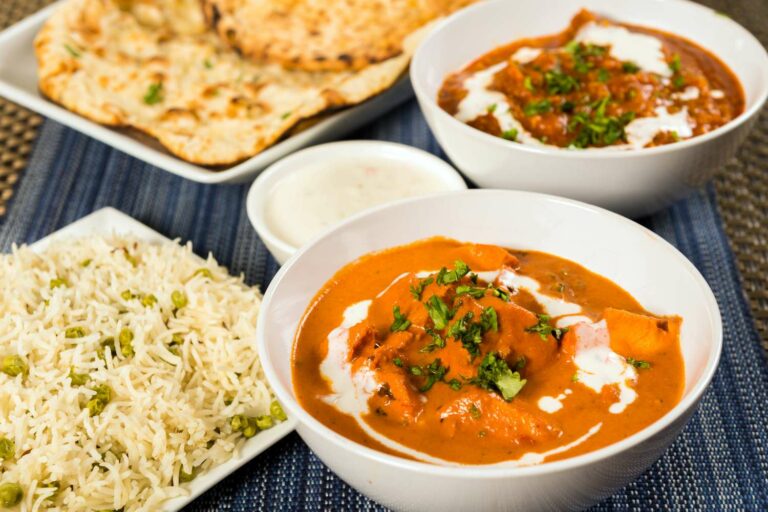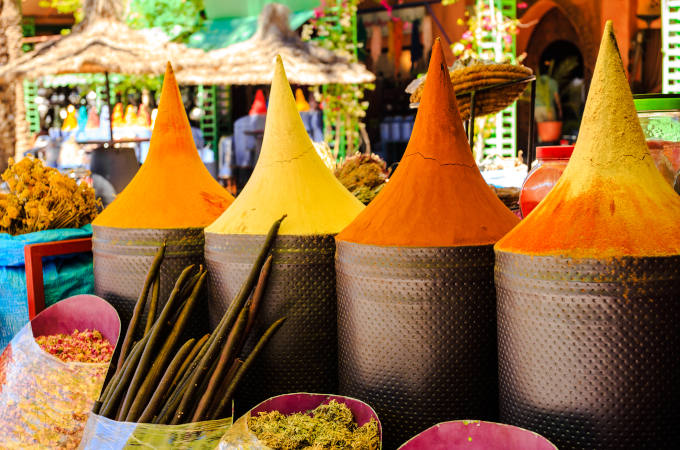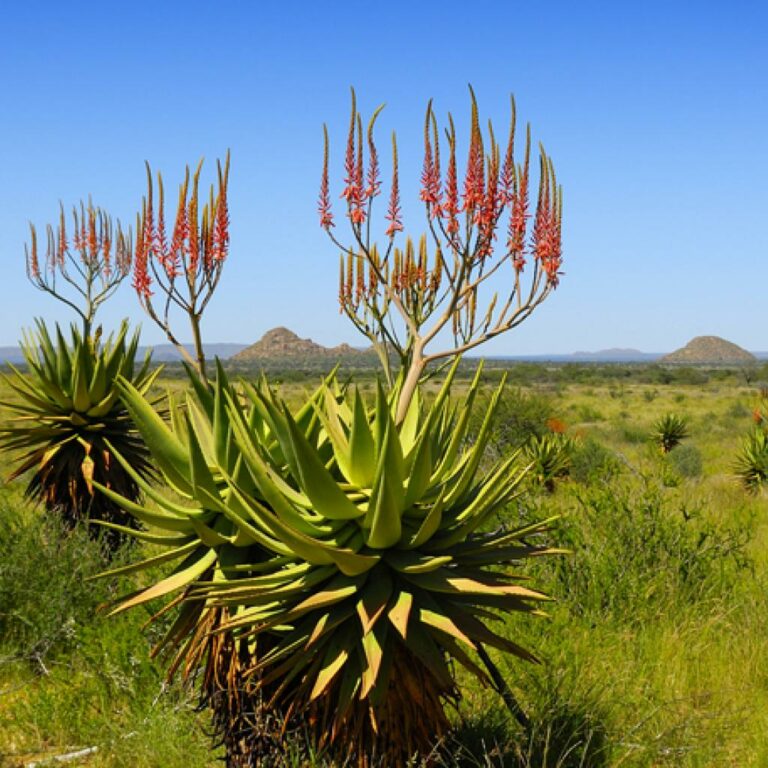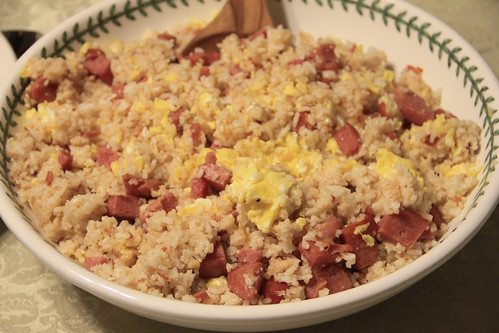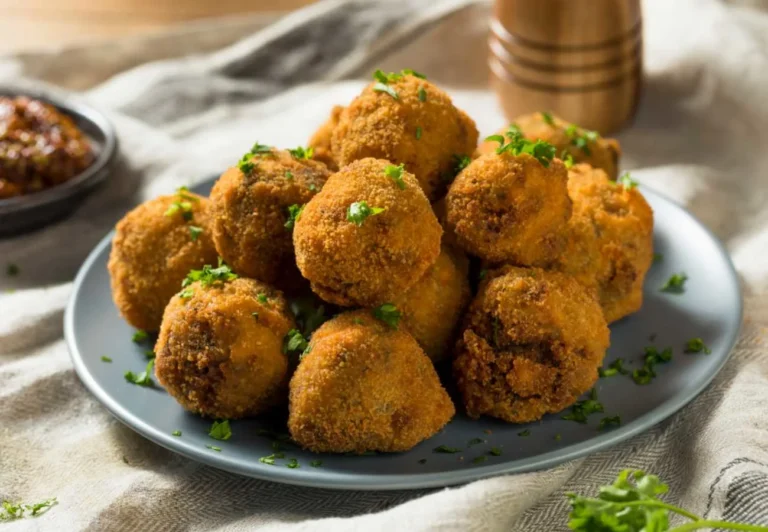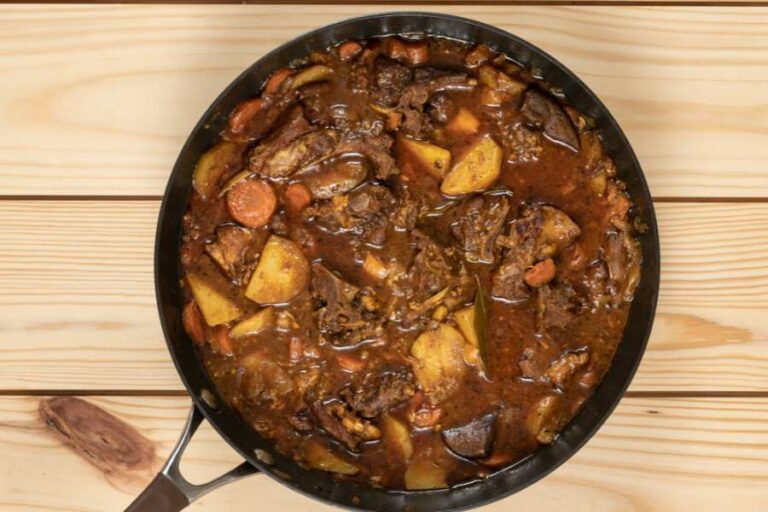Introduction: Indian cuisine and its diversity
Indian cuisine has long been known for its aromatic spices, rich flavors, and diverse culinary traditions. From the mouth-watering biryanis of the north to the spicy curries of the south, Indian cuisine is a reflection of the country’s cultural diversity and history. The use of spices and herbs is an integral part of Indian cooking, and it is the mix of these ingredients that differentiates Indian food from other cuisines.
Spices: essential ingredients in Indian cooking
Spices are the backbone of Indian cooking, and they are used in almost every dish to enhance its flavor and aroma. The use of spices in Indian cooking dates back to ancient times, and over the centuries, the art of spice blending has evolved and become more refined. Some of the common spices used in Indian cooking include cumin, coriander, turmeric, cinnamon, cardamom, cloves, and black pepper, among others.
The unique and common spices used in Indian cuisine
Indian cuisine is known for its unique blend of spices, and some of the lesser-known spices used in Indian cooking include amchoor (dried mango powder), kasuri methi (dried fenugreek leaves), and ajwain (carom seeds). Amchoor is used to add a tangy flavor to dishes, while kasuri methi is added to enhance the flavor of curries and lentil dishes. Ajwain is used in small quantities to add a subtle flavor to dishes, and it is also used to aid digestion. Common spices like cumin and coriander are used in almost every dish, and they form the base of many spice blends used in Indian cooking.
Regional variations in spice usage and flavor profiles
India is a vast country with diverse regional cuisines, and each region has its own unique spice blends and flavor profiles. For example, the cuisine of the north is known for its use of garam masala, a spice blend that includes cinnamon, cloves, cardamom, and black pepper. In contrast, the cuisine of the south is known for its use of coconut, curry leaves, and mustard seeds. The cuisine of the east is known for its use of mustard oil and panch phoron, a spice blend that includes fenugreek, cumin, mustard, fennel, and nigella seeds.
Ayurveda and Indian spices: culinary and medicinal uses
Ayurveda is an ancient Indian system of medicine that uses spices and herbs as a part of its healing practices. Many of the spices used in Indian cooking have medicinal properties, and they are used in Ayurvedic medicine to treat a range of ailments. For example, turmeric is used as an anti-inflammatory, while ginger is used to aid digestion and relieve nausea. Cinnamon is used to regulate blood sugar levels, while cardamom is used to treat respiratory ailments.
Exploring the complexity of Indian flavors and spices
Indian cuisine is a complex and sophisticated blend of flavors and spices, and it takes years of practice and experience to master the art of Indian cooking. The use of spices and herbs in Indian cooking is not just about adding flavor, but it is also about balancing the flavors and creating a harmony between different ingredients. The combination of spices used in Indian cooking is what gives each dish its unique flavor and aroma, and it is what has made Indian cuisine one of the most loved and popular cuisines in the world.

